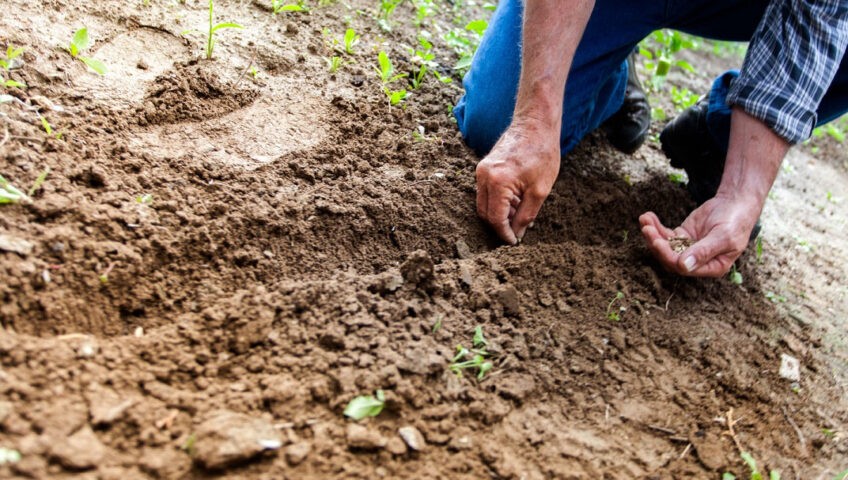Over-seeding is possibly one of the best things you could be doing for your garden to keep it healthy, thick, and weed-free. In theory, over-seeding the lawn is nothing more than spreading grass seeds over an existing property to regulate turf quality. It doesn’t use any expensive tools, but the only way to do it is to do it correctly.
With that being said, you should know that not every grass species requires over-seeding. Landscape grass is only over-seeded if it has been damaged or diseased. So, for those of you who need it, this guide is for you:
Why Is Over-Seeding Needed?
Each blade of grass survives a total of 45 to 60 days; for this reason, the production of new tillers must consistently outpace older leaves. Since the reproduction rate of mature plants slows down significantly with the passage of time, your lawn needs younger grass to produce tillers faster to tackle the dieback of older grass. Over-seeding is, therefore, an essential process that keeps the grass young and helps maintain a healthy, thick lawn.
How To Prepare For Over-Seeding?
A seed must come in contact with the soil in order to germinate, which is why you must first mow your lawn to a height lower than two inches. For collecting the grass clippings, you can make use of a metal rake whose tine scratches the surface. Lastly, you can choose just about any method to distribute the seeds. You can divide the seeds in half and broadcast them over the entire area by walking in different directions or make use of a rotary spreader for more precision. Moreover, you should over-seed when the air is calm since the slightest breeze can cause the seed to rest on the grass or other surfaces that prevent germination.
What Follows Over-Seeding?
There’s a little work that goes into over-seeding after the seeds have been laid. Firstly, you’ll need to keep the soil moist by lightly sprinkling every two to three hours across the germination period. Secondly, in lawns with regions of exposed soil and dirt, you will need to rake the soil to cover the seed with a layer. Lastly, you will need to apply a fertilizer with higher amounts of phosphorus to facilitate the tiny roots. This process may also have to be conducted before seeding if your soil tests were relatively low for phosphorus.
Cut & Trim professionals address all your lawn care needs in Michigan— be it over-seeding, aeration, cleanups, detaching, fertilization, or trimming. We specialize in grass cutting, lawn care, lawn maintenance, and lawn mowing services to keep your lawn in Grand Haven, Grand Rapids, or Holland looking top-notch. Book one-time cuts to try out our service; contact us today!


